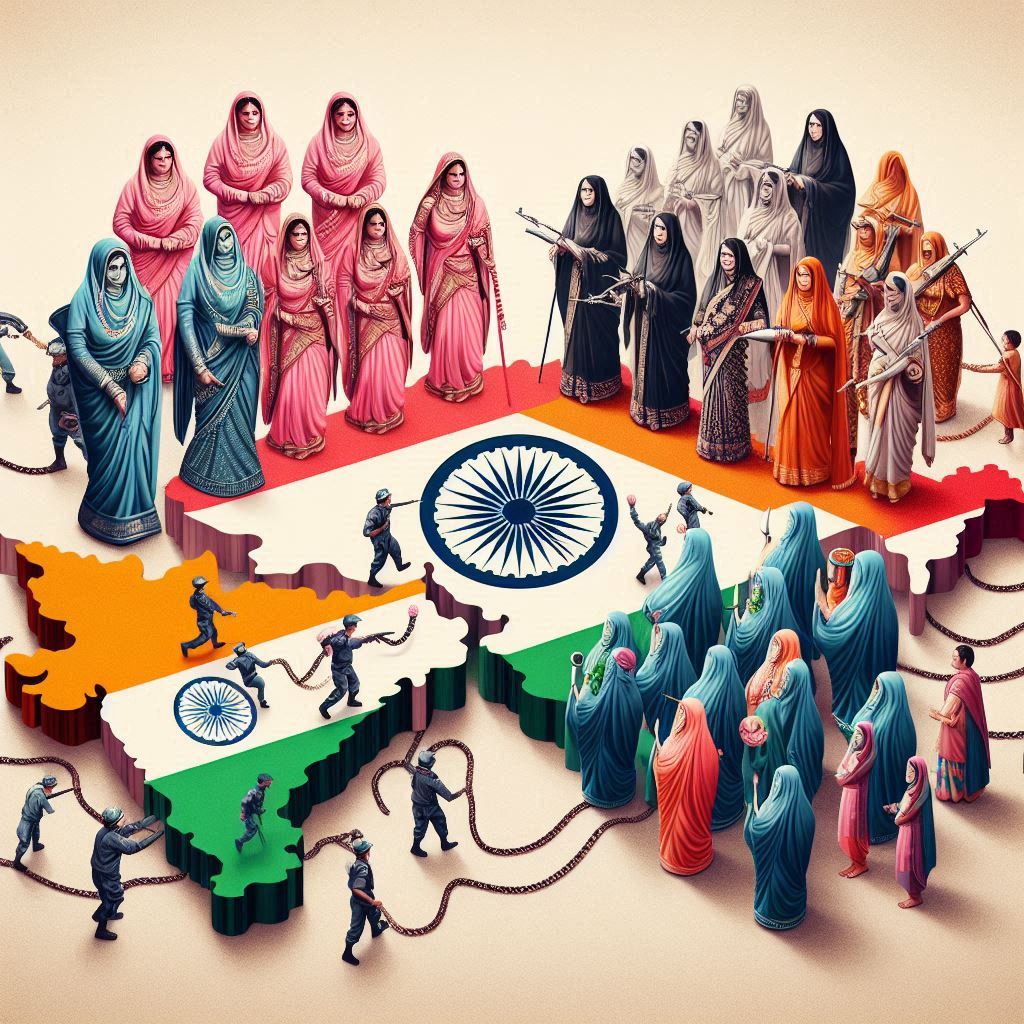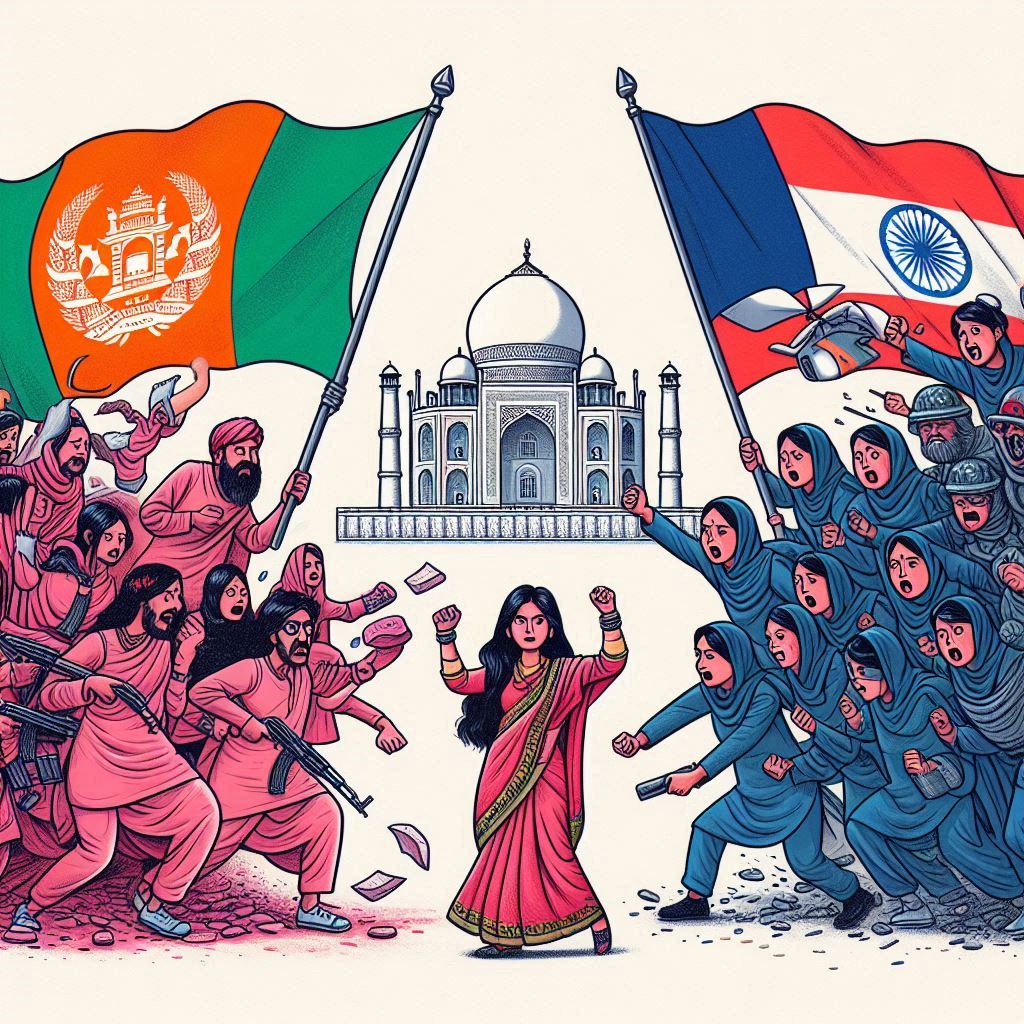人口販賣最嚴重的國家
人口販賣是一個全球性問題,涉及強迫勞動、性剝削和器官販賣等形式。以下是一些人口販賣最嚴重的國家及其原因和預防措施。
阿富汗是全球人口販賣最嚴重的國家,特別是在兒童和婦女的性剝削和強迫勞動方面。長期的戰亂、政治不穩定和貧困使阿富汗成為人口販賣的溫床。農村地區的貧困、性別歧視和腐敗也使這些群體容易受到販賣者的剝削。女生不可上學唸書,出門必須要綁頭巾,在塔利班的掌控下,國家更加貧窮,人口販賣問題更嚴重。
印度長期存在男尊女卑跟階級制度。農村貧困和性別歧視使這些群體容易受到販賣者的剝削。此外,印度的法律執行力度不足跟貪腐嚴重,導致販賣者容易逃避制裁。
長期的一胎化政策使中國的性別比失衡導致對新娘和性工作者的需求增加。農村地區的貧困和缺乏教育是重要原因。窮人為傳宗接代,向人口販子購買老婆,為防止逃跑都會用鎖鏈限制自由,導致許多家庭破碎。此外,當地農村村民的共犯結構使得販賣者有恃無恐。
尼日利亞是西非地區人口販賣的中心,許多婦女和兒童被販賣到歐洲和其他地區從事強迫勞動和性工作。政治不穩定、經濟困難和腐敗加劇這一問題。
泰國是東南亞人口販賣的主要目的地和過境國家。旅遊業和性產業的發展促進性剝削,而農業和漁業則是強迫勞動的主要行業。法律執行力度不足和腐敗問題使得人口販賣難以根除。許多人被誘騙到柬埔寨後,逼迫從事詐騙跟賣淫,有些年輕人還被迫強摘器官後,直接丟入公海毀屍滅跡。最近中國已經與柬埔寨政府聯合掃蕩,很多中國人均被遣送回國判重刑。
墨西哥是拉丁美洲人口販賣的重災區,特別是在邊境地區。貧困、暴力和有組織犯罪使許多人成為人口販賣的受害者。政府的執法力度不足和腐敗問題進一步加劇這一現象。
人口販賣的主要原因包括經濟困境、教育不足、性別歧視、政治不穩定和腐敗。貧困是人口販賣的主要驅動因素之一,許多人因為缺乏經濟機會而被引誘或強迫進入剝削性的工作環境。缺乏教育使人們缺乏自我保護的知識和能力,容易受到販賣者的欺騙和利用。在某些文化中,性別歧視使得女性和兒童成為人口販賣的主要目標,特別是在性剝削方面。戰爭和政治不穩定導致大量人口流離失所,這些人群更容易成為人口販賣的受害者。政府和執法機構的腐敗使得人口販賣者能夠逃避法律制裁,增加人口販賣的猖獗程度。
要預防人口販賣,需要加強法律和執法,制定和執行嚴格的反人口販賣法律,加大對販賣者的懲罰力度,並確保執法機構的廉潔。提高公眾意識,通過教育和宣傳活動,提高公眾對人口販賣的認識,讓人們了解如何識別和防範這一問題。提供經濟機會,通過發展經濟和創造就業機會,減少人們因貧困而陷入人口販賣陷阱的風險。促進性別平等,通過立法和教育,促進性別平等,減少性別歧視對人口販賣的影響。支持受害者,建立支持機制,為人口販賣的受害者提供心理、法律和經濟援助,幫助他們重建生活。
總之,預防人口販賣需要全球合作,涉及政府、非政府組織、社區和個人的共同努力。通過綜合措施,可以有效減少人口販賣的發生,保護弱勢群體免受剝削和虐待。
Human trafficking is a global problem involving forced labor, sexual exploitation, and organ trafficking. Below are some of the countries most affected by human trafficking, along with the reasons and preventative measures.
Afghanistan is one of the worst countries for human trafficking, especially in terms of child and female sexual exploitation and forced labor. Long-term warfare, political instability, and poverty have made Afghanistan a breeding ground for human trafficking. Rural poverty, gender discrimination, and corruption also make these groups vulnerable to traffickers. Girls are not allowed to attend school, must wear headscarves when going out, and under Taliban control, the country has become even poorer, exacerbating the human trafficking problem.
India has long-standing issues of male dominance and caste systems. Rural poverty and gender discrimination make these groups easy targets for traffickers. Furthermore, India's weak legal enforcement and severe corruption allow traffickers to evade punishment easily.
China's long-standing one-child policy has led to a gender imbalance, increasing the demand for brides and sex workers. Rural poverty and lack of education are significant factors. Poor people buy wives from traffickers to carry on their family name, often restricting their freedom with chains to prevent escape, leading to many broken families. Additionally, the complicit structure of rural villagers gives traffickers impunity.
Nigeria is the center of human trafficking in West Africa, with many women and children trafficked to Europe and other regions for forced labor and sex work. Political instability, economic hardship, and corruption exacerbate this issue.
Thailand is a major destination and transit country for human trafficking in Southeast Asia. The development of the tourism and sex industries promotes sexual exploitation, while agriculture and fishing are primary sectors for forced labor. Insufficient law enforcement and corruption make it difficult to eradicate human trafficking. Many people are lured to Cambodia and forced into scams and prostitution, with some young people even being forced to have their organs harvested before being thrown into the sea to cover up the crime. Recently, China has cooperated with the Cambodian government to crack down on these activities, with many Chinese nationals being deported and severely punished.
Mexico is a hotspot for human trafficking in Latin America, especially in border areas. Poverty, violence, and organized crime make many people victims of human trafficking. The government's lack of enforcement and corruption further exacerbate this phenomenon.
The main causes of human trafficking include economic hardship, lack of education, gender discrimination, political instability, and corruption. Poverty is a primary driver of human trafficking, as many people are lured or forced into exploitative work environments due to a lack of economic opportunities. A lack of education leaves people without the knowledge and ability to protect themselves, making them easy targets for traffickers' deceit and exploitation. In some cultures, gender discrimination makes women and children the primary targets of human trafficking, particularly for sexual exploitation. War and political instability lead to large populations of displaced persons, who are more vulnerable to human trafficking. Government and law enforcement corruption allow traffickers to evade legal consequences, increasing the prevalence of human trafficking.
To prevent human trafficking, it is necessary to strengthen laws and enforcement, develop and enforce strict anti-trafficking laws, increase penalties for traffickers, and ensure the integrity of law enforcement agencies. Raise public awareness through education and publicity campaigns to help people understand how to recognize and prevent this issue. Provide economic opportunities by developing the economy and creating jobs to reduce the risk of people falling into trafficking traps due to poverty. Promote gender equality through legislation and education to reduce the impact of gender discrimination on human trafficking. Support victims by establishing support mechanisms to provide psychological, legal, and economic assistance to help them rebuild their lives.
In conclusion, preventing human trafficking requires global cooperation, involving the joint efforts of governments, non-governmental organizations, communities, and individuals. Through comprehensive measures, it is possible to effectively reduce the incidence of human trafficking and protect vulnerable groups from exploitation and abuse.



照片:DALLE3
- 1
- 2
- 3
- 4
